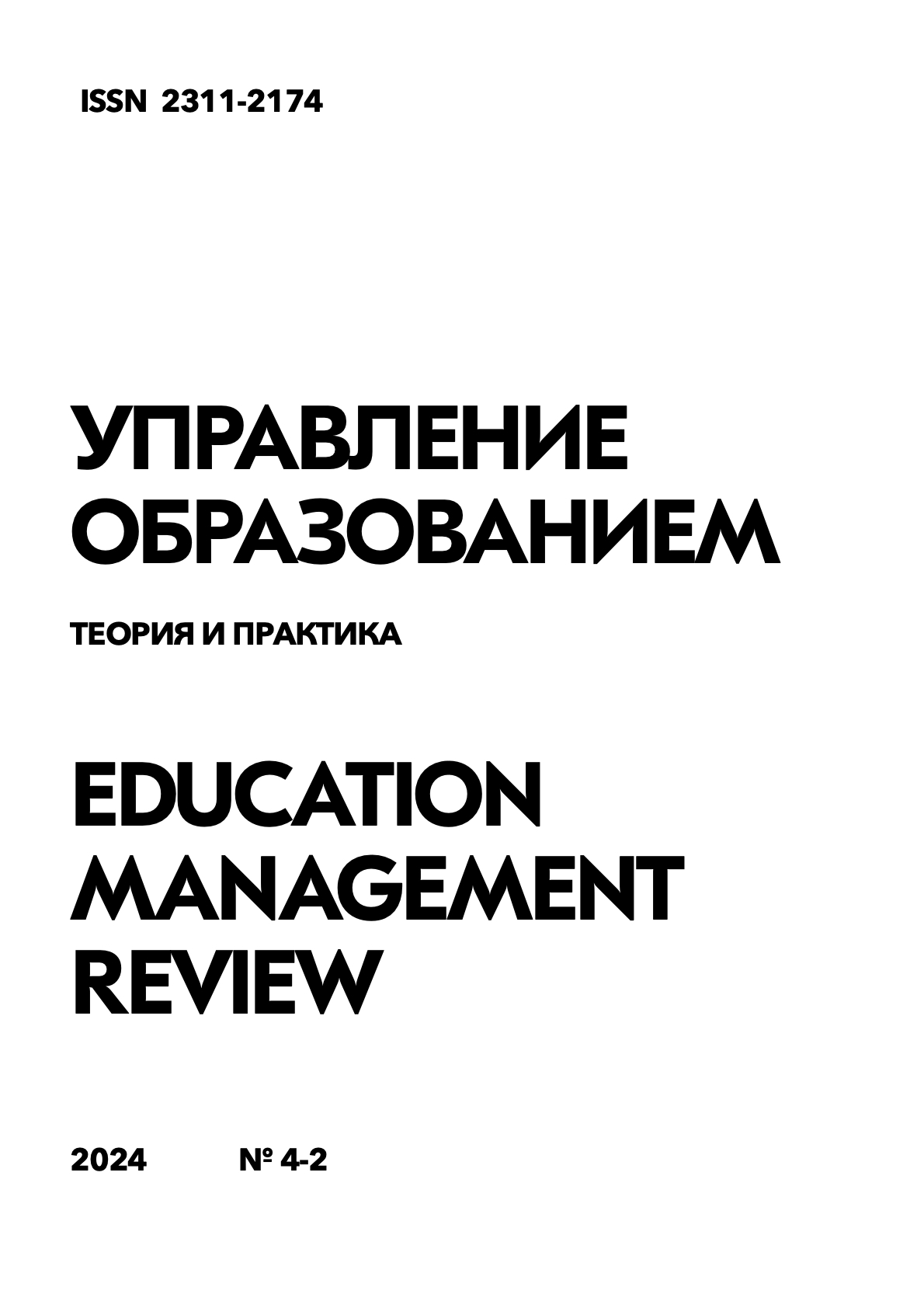Consideration of the ethnolinguistic diversity of Afghanistan in teaching Russian as a foreign language to Persian-speaking students
Keywords:
Russian as a foreign language, Afghanistan, ethnolinguistic diversity, Persian, comparative linguistics, intercultural communication, linguodidacticsAbstract
This article is devoted to the problem of taking into account the ethnolinguistic diversity of Afghanistan in teaching Russian as a foreign language (RKI) to Persian-speaking students. The relevance of the topic is due to the need to develop effective linguistic and didactic approaches adapted to the specifics of the linguistic situation in Afghanistan. The purpose of the study is to identify the key ethnolinguistic factors influencing the process of mastering the Russian language by Persian-speaking Afghan students and to propose methodological solutions for optimizing learning. In the course of the work, methods of sociolinguistic analysis, targeted interviewing, and pedagogical modeling were used. The empirical base was made up of data from field studies conducted in 2020-2022 in a number of regions of Afghanistan, as well as the results of a survey of RCT teachers with experience working with the Afghan contingent. It has been established that the leading factors determining the specifics of the development of RCT in the Afghan audience are: 1) structural and typological features of the native language (dialect) of students; 2) the nature of language contacts and mutual influences in the context of multilingualism; 3) cultural and religious traditions and value orientations mediating educational communication. A system of linguistic didactic techniques and recommendations for taking into account these factors is proposed, including: a) in-depth comparative study of contacting languages; b) step-by-step formation of intercultural competence; c) implementation of strategies for "soft adaptation" of the educational process to the socio-psychological characteristics of students. The results of the study are significant for the development of the theory and practice of teaching RCT in a multicultural environment, and open up prospects for further development of nationally oriented learning models.
References
Босворт К.Э., Фрагнер Б.Г. Tādjīk. Энциклопедия ислама. Лейден: Конинклийке Брилл Н.В. 1999.
Институт Статистики ЮНЕСКО. http://data.uis.unesco.org/
Лонгворт Дж, Моргенштерн М., Гиршман Г.Р. Afghanistān. Энциклопедия ислама. Лейден: Конинклийке Брилл Н.В. 1999.
Необычный язык: непонятный переход Пакистана на урду // ВВС news. 2012.
Подсчет издержек 20-летней войны Америки в Афганистане // Associated Press News. 2024.
Успехи и проблемы в образовании афганских девочек // ВВС news. 2012.
Шайста В., Янгерман Б. Краткая история Афганистана. NY: Infobase Publishing, 2007. 308 с.
Afghanistan // Encyclopedia Britannica. https://www.britannica.com/place/Afghanistan (дата обращения: 24.01.2024)
Afghanistan in 2006. A Survey of the afghan people. Kabul: Afghan Centre for Socio-economic and Opinion Research (ACSOR), 2006.
Afghanistan in 2012. A Survey of the afghan people. Kabul: Afghan Centre for Socio-economic and Opinion Research (ACSOR), 2012.
Afghanistan in 2013. A Survey of the afghan people. Kabul: Afghan Centre for Socio-economic and Opinion Research (ACSOR), 2013.
Afghanistan in 2019. A Survey of the afghan people. Kabul: Afghan Centre for Socio-economic and Opinion Research (ACSOR), 2019.
Dupri L. Afghanistan iv. Ethnography. Encyclopaedia Britannica. 1982.Gouttierre T., Baker М.S. Ethnic map of Afghanistan. Stratfor: Center For Afghanistan Studies; University of Nebraska at Omaha; National Geographic Society, 2003.
Gouttierre Т., Baker M.S. Ethnic map of Afghanistan. Stratfor: Center for Afghanistan Studies; University of Nebraska at Omaha; National Geographic Society, 2003.
Haarmann H. Sprachenalmanach: zahlen und fakten zu allen sprachen der welt. Frankfurt: Campus Verlag, 2002. 460 c. 3593365723, 9783593365725.
Lieven A. The Arbiters of Afghanistan // The National Interest. 2016. № 145. рр. 28-36.
Ministry of Foreign Affairs – Islamic Republic of Afghanistan. https://web.archive.org/web/20210829115048/https://www.mfa.gov.af/constitution/chapter-one-state.html
Tajik i. the ethnonym: origins and application // Encyclopedia Iranica. 2024.
Tajik people // Encyclopedia Britannica. 2024.
WorldData.info. https://translated.turbopages.org/proxy_u/en-ru.ru.cbf15bb9-65b12d51-abc876d9-74722d776562/https/www.worlddata.info/asia/afghanistan/index.php
Downloads
Published
How to Cite
Issue
Section
License

This work is licensed under a Creative Commons Attribution-NonCommercial-NoDerivatives 4.0 International License.




